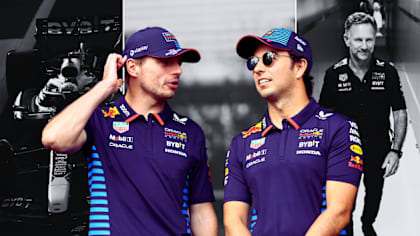Power unit manufacturers will not be able to offer previous-year engines to their customer teams from the 2016 season, Formula One racing's governing body the FIA has confirmed.
Under new regulations made public on Wednesday, the FIA confirmed that any power unit supplied to another team must be identical to the one homologated at the start of the season by the parent team.
Article 23.5 of F1's 2016 Sporting Regulations reads: "Only power units which are identical to the power unit that has been homologated by the FIA in accordance with Appendix 4 of these regulations may be used at an Event during the 2016- 2020 Championship seasons."
The new wording closes off situations like Marussia using Ferrari's 2014-spec engine this season, for example (the team have already signed a deal to use Mercedes power units for 2016), and could also be significant for the likes of Red Bull and Toro Rosso, who are battling to secure a competitive engine deal for 2016 and beyond.
Speaking in Sochi, Red Bull motorsport advisor Helmut Marko told Formula1.com that his team "definitely would not take any engine - it has to be an engine that is capable of racing at the front and midterm gives us the chance to fight for the championship". In contrast, Toro Rosso team principal Franz Tost had indicated he'd be willing to accept a 2015 engine if it helped the Italian team retain their spot on the grid in 2016 - an option that is now no longer available.
Although the new rule prevents manufacturers like Mercedes or Ferrari supplying customer teams with different specifications of engines, it does not preclude the possibility of them using different software mapping or fuel products.
However, it is also possible that the Sporting Regulations could yet be changed, but only "with the unanimous agreement of all competitors entered in the 2016 Championship, save for changes made by the FIA for safety reasons which may come into effect without notice or delay", as stated by Article 1.2 of the regulations.
Alongside the changes in the Sporting Regulations, changes in the Technical Regulations mean power units will feature two exhausts next season, raising the possibility of a return of exhaust-blown aerodynamics.




